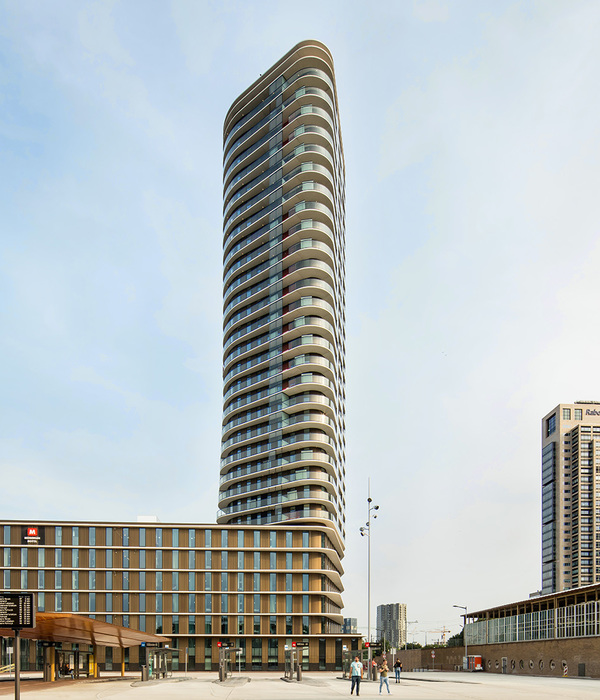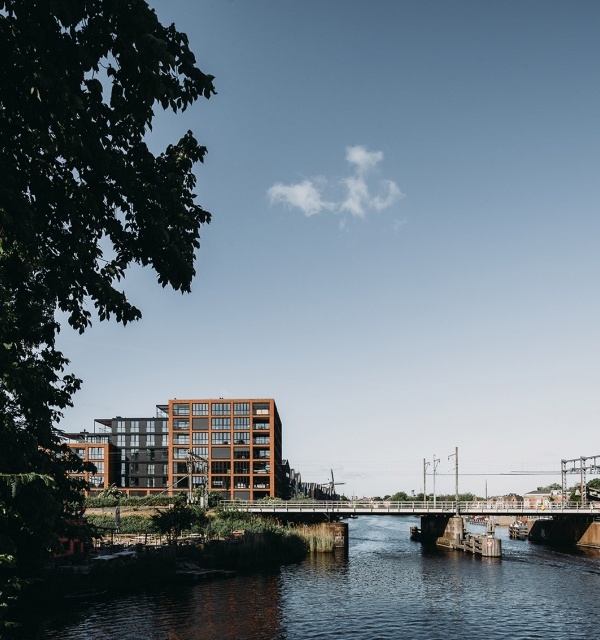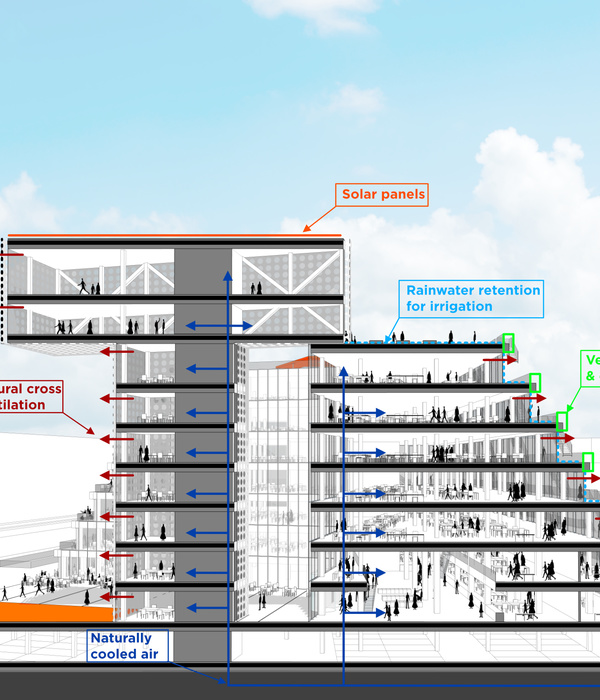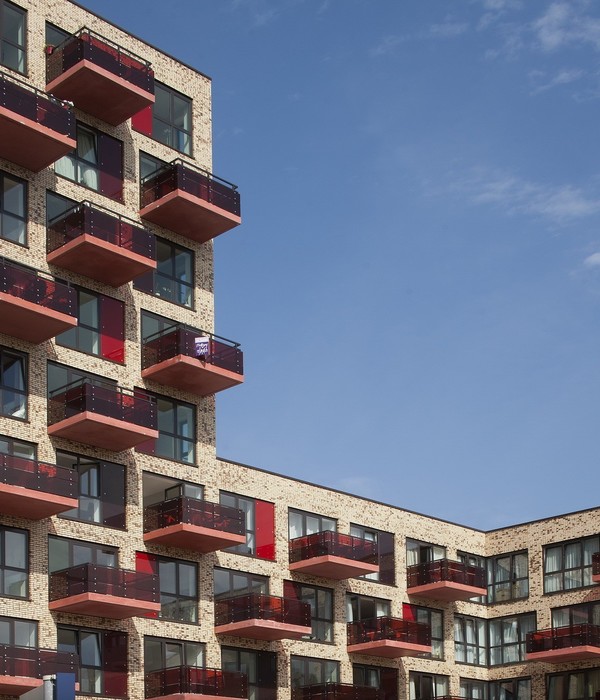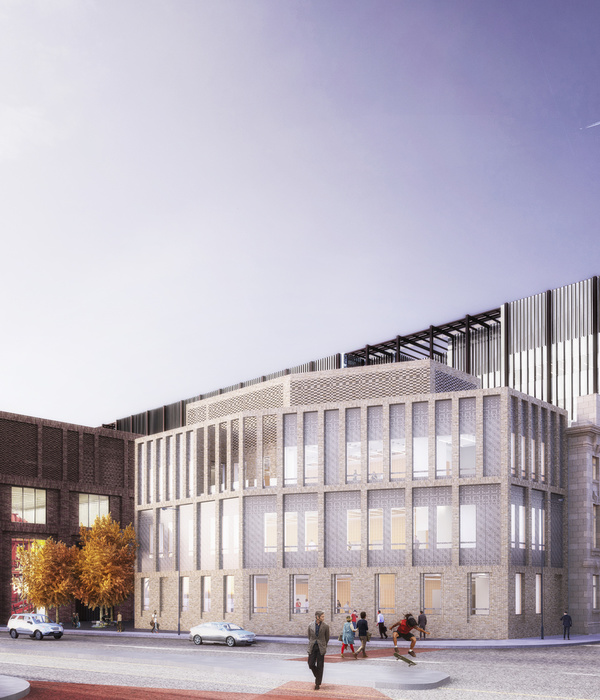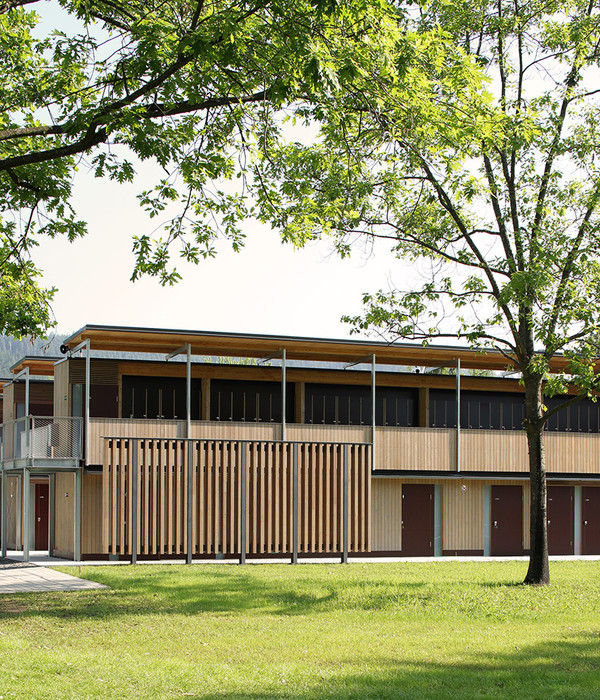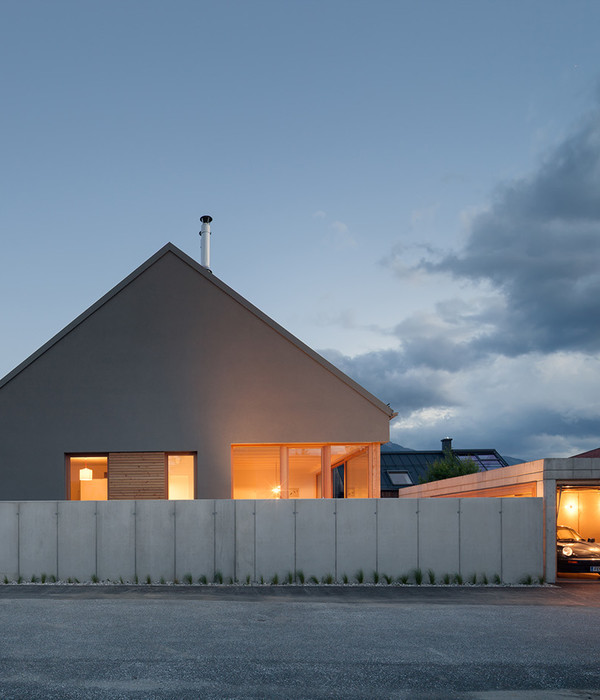视频(VIDEO), 建议选择超清
▼
UCL毕业的曹西洋子给我们分享了她的研究生毕设. ( 团队中其它作者:刘硕, 杨泽俞)。
Projected by: Xiyangzi Cao / Shuo Liu / Zeyu Yang
沙是一种常用的材料,它具有许多独特的特性,例如:不溶于水,高熔点和当它湿润时具有一定程度的流动性的。鉴于这些特性,沙型铸造技术早已被广泛应用在传统制造领域。
这个项目的目的是开发一种全新的手工艺,即将沙作为模具,并利用巧妙的方法来创建各种独特的形式。通过在一定的空间装填沙,从而达到用手工模拟3D打印的目的。这是我们项目 – SanDPrinted的精神。经过各种实验和尝试,我们发现PVA的铝管具有高度弹性,柔软性,丰富的尺寸和纹理,于是其最终被选定用以控制沙的形状。另一方面,我们设计了一个可移动的框架,来控制管的大致方向。因此,在这种手工艺下,基于织管构成的各种形式的可能性将得以实现,
沙和管可以重复使用,也是环保的。
据初步材料研究和制造测试,从小规模到大规模,计算机技术已全程应用于设计逻辑的演进。Processing 的模拟技术(Flocking,stigmergy和其它算法)被用以为数字研究提供天然的和合乎逻辑的方式和结构。完成了呈现从小型部件到家具,并最终试图将设计扩大至建筑尺度的全部推演过程。
▼Hands-on making.
Bartlett School of Architecture, UCL
Research Cluster 6 (2013.9-2014.9)
tutor: Daniel Widrig ; Stefan Bassing ; Soomeen Hahm
Award:Distinction project in Design GAD Master 2014 , The Bartlett School
Sand is a commonly available materials. It has many unique features, for instance, the insolubility in water, the high melting point and a certain degree of mobility when it is wet. Through this property, sand casting technique has been wildly utilised in traditional manufactural area in the early time.The purpose of this project is to develop a new crafting technique that using sand as mould, attempting ingenious methods to create a variety of unique forms. Simulating 3D printing by hand within certain space filling with sand. That is the spirit of our project- SanDPrinted. After a variety of experiments and attempts. PVA tubes with highly elastically, flexibility, size and texture variations, were finally selected in order to control the shape of sand inside.
Meanwhile, a removable frame was designed to control the general direction of the tubes. Thus, a variety of possibilities of forms by interweaving tubes could be casted based on this crafting technique. Furthermore, the sand and tubes can be reused, which is environmental friendly.According to initial material exploration and fabricate testing, the computational technology was involved to develop the design logic of small-to-large scale. Processing simulation technique(Flocking, stigmergy and other algorithms) has been utilised into the digital exploration which provides both natural and logical pattern and strutters, By presenting products from small components to furniture, and eventually attempting to scale up the design into architectural area.
Projected by: Xiyangzi Cao / Shuo Liu / Zeyu Yang
▼ Prototype_Branch table
▼Root Stool Design
▼Prototype Root Stool
▼Initial digital research_ flocking pattern
▼Digital diagramming from Processing (Repeller & Attractor) and Prototype of Interlocking Column
▼Digital Diagramming from Processing ( Flocking) and Prototype
▼Removal of Sand after Casting a Chair Prototype, Final Generation Sand Cast Chair Prototype of Full-Scale Structural Node
▼ Initial Digital Testing
▼Pavilion Design
▼Architectural Proposal
▼Architectural Proposal
▼Architectural Proposal
▼Architectural Proposal
{{item.text_origin}}

